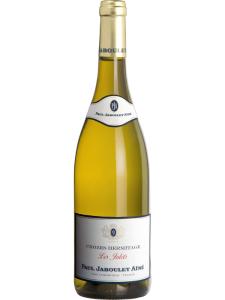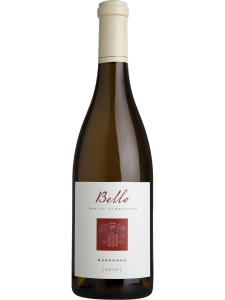-
中文名:
-
英文名:Marsanne
-
种植区域:
-
香气:
-
颜色:
Marsanne is a white wine grape variety from the Rhône Valley, perhaps best known for its role in the celebrated whites of Hermitage. It is also found in Savoie and Switzerland, where it is known as Ermitage, and has been warmly adopted as a specialist curio in both Australia and the United States – most notably California and Washington.
Marsanne wine generally possess good weight and structure, but often lacks any depth of perfume and flavor. This explains the long-standing Rhône Valley tradition of blending the variety with its more aromatic cousin Roussanne , and the more international pairing with Viognier. Together Marsanne and Roussanne form the core of white wines from both Crozes-Hermitage and Saint-Joseph and the sparkling whites of Saint-Péray. Both are also key ingredients in white Côtes du Rhône wines, usually alongside Grenache Blanc and Viognier.
The grape variety is named after a commune near Montélimar in the Drôme region of the Northern Rhône, which is thought to be its most likely birthplace. DNA research suggests that it has a parent-offspring relationship with Roussanne.
In hot climates, Marsanne can struggle to develop enough acidity to prevent its weight from muting its flavor, but cooler climates can produce complex and age-worthy wine. In their youth, Marsanne wines are typically colored with straw-like hues, and even fleeting golden-green glints. On the nose the best examples have a slightly earthy minerality, lifted by notes of honeysuckle and melon. The vine is vigorous and productive and so best suited to poor stony soils.
Although dry styles of Marsanne are more common, some of the very finest examples are sweet, and made from dried grapes. The most famous example of this is probably Chapoutier's Hermitage Vin de Paille, but many excellent-quality Ermitage Fletri wines are produced each year in the Swiss Valais.
Marsanne is most famously found in varietal form outside of France. The grape first made its way to Australia in the 1860s and was planted in the states of Victoria and South Australia. The Tahbilk winery was among the first to grow Marsanne in the Nagambie Lakes district, and now boasts what may be the oldest productive Marsanne vines in the world, which were planted in 1927. Old-vine Marsanne here has the potential to age for up to 15 years and can develop deep amber colors and nutty, orange-marmalade flavors.
Synonyms include: Marsana, Ermitage, Ermitage Blanc, Grosse Roussette, Hermitage.
Food matches for Marsanne include:
- Pan-fried trout with almonds
- Soba noodles with salmon and sesame seeds
- Baked eggplant with crème fraîche




